How AI is Transforming Electrical Engineering: Smarter Systems, Greener Energy, and Enhanced Efficiency
- Reimagining Electrical Engineering: The Impact of Artificial Intelligence
- Smarter Grids and Reliable Power: AI in Energy Management
- Seamless Renewable Integration: Predictive Analytics Powering Green Solutions
- Innovating Electronics: AI-Driven Precision in Manufacturing and Maintenance
- Essential AI Engineering Tools: Enhancing Design and Collaboration Across Projects
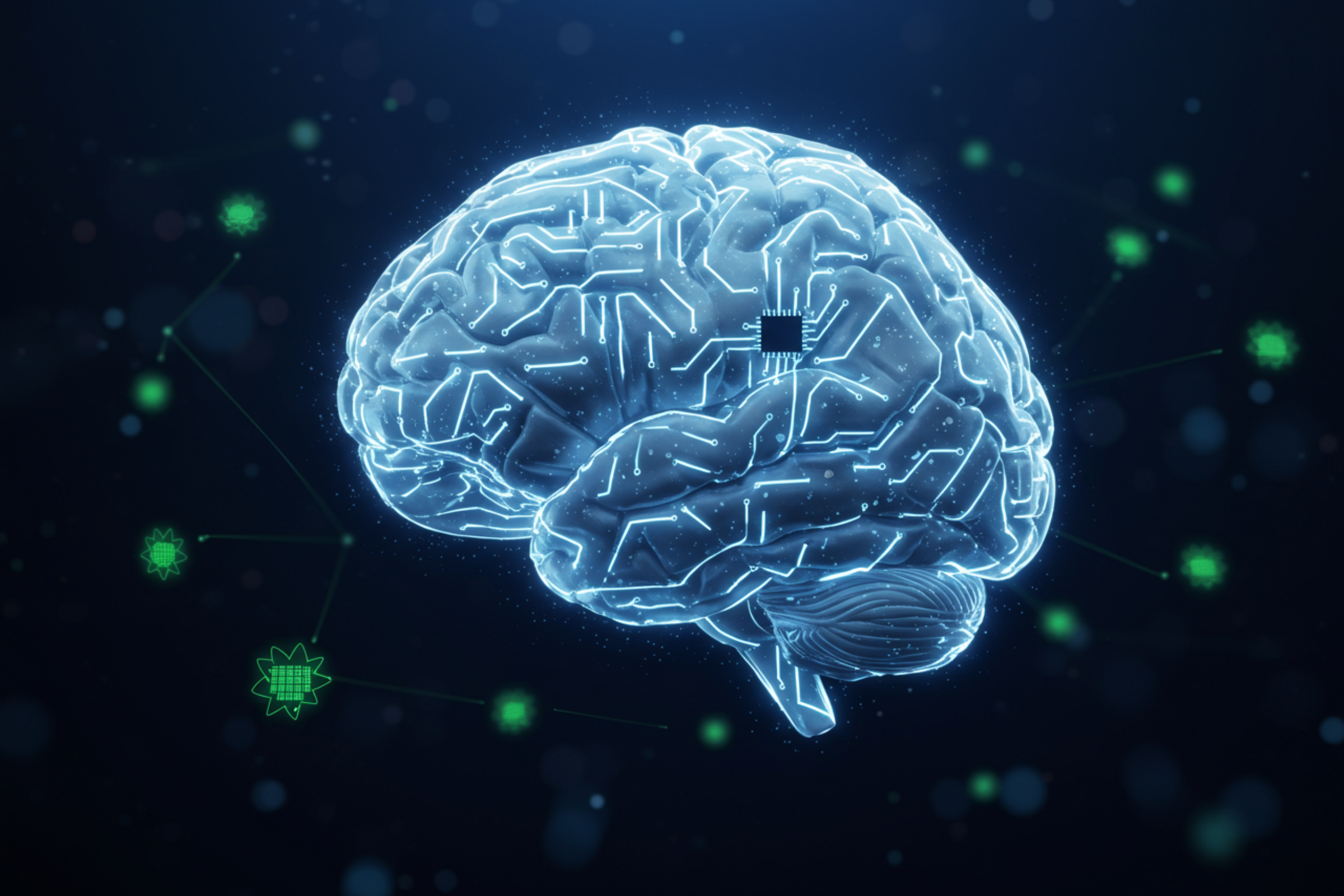
Reimagining Electrical Engineering: The Impact of Artificial Intelligence
Artificial Intelligence (AI) is ushering in a new era for electrical engineering, fundamentally changing how challenges are approached and solved. Traditionally, electrical engineering has required meticulous planning, rigorous testing, and manual intervention to design, optimize, and maintain systems. With AI, many of these labor-intensive processes are being automated or streamlined, allowing engineers to redirect their focus toward more creative and strategic tasks.
AI’s power lies in its ability to analyze massive amounts of data, identify patterns, and make predictions that would be impractical or impossible for humans alone. This capability is transforming workflows across the discipline. For instance, tasks like load forecasting, system optimization, and fault detection can now be handled with greater accuracy and speed. AI algorithms can continuously learn from real-time data, adapting to shifting conditions and making informed decisions that enhance overall system performance.
The result is a leap in efficiency and a surge of innovation. Electrical engineers are now equipped with tools that not only solve existing problems but also anticipate future ones, leading to more robust, adaptive, and intelligent infrastructures. Ultimately, AI is shaping a future where electrical engineering is more responsive, resilient, and ready to meet the evolving demands of modern society.
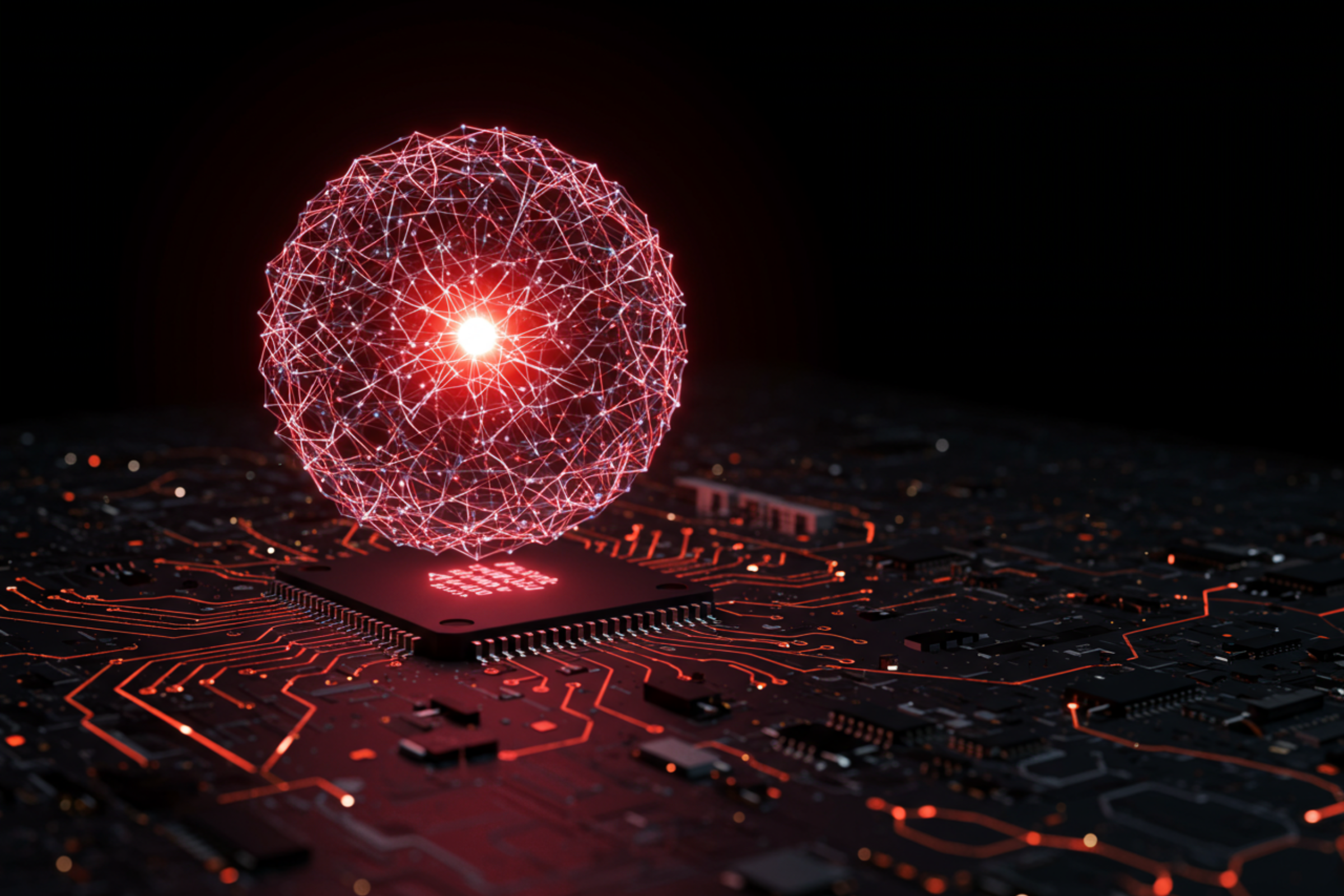
Smarter Grids and Reliable Power: AI in Energy Management
The modern power grid faces a constant balancing act: delivering electricity reliably while accommodating fluctuating demand and supply. AI is proving to be a game-changer in this realm, acting as a super-computer that orchestrates the efficient flow of electricity. By leveraging machine learning, AI systems can analyze historical and real-time data to forecast energy demand with remarkable precision. This enables grid operators to adjust supply proactively, reducing the risk of overloads or shortages.
Predictive analytics further enhance system reliability by identifying patterns that precede equipment failures or outages. AI-driven monitoring tools can detect subtle anomalies in system behavior, enabling preventative maintenance before minor issues escalate into major disruptions. This proactive approach significantly reduces downtime, ensuring that power remains available even during peak periods or unexpected events.
Moreover, AI’s optimization capabilities allow for smarter allocation of resources. By dynamically adjusting generation and distribution based on real-time conditions, AI ensures that energy is produced and delivered with minimal waste. This not only conserves resources but also reduces operational costs. In essence, AI is transforming power grids into adaptive, resilient networks capable of meeting society’s growing energy needs with greater efficiency and reliability.
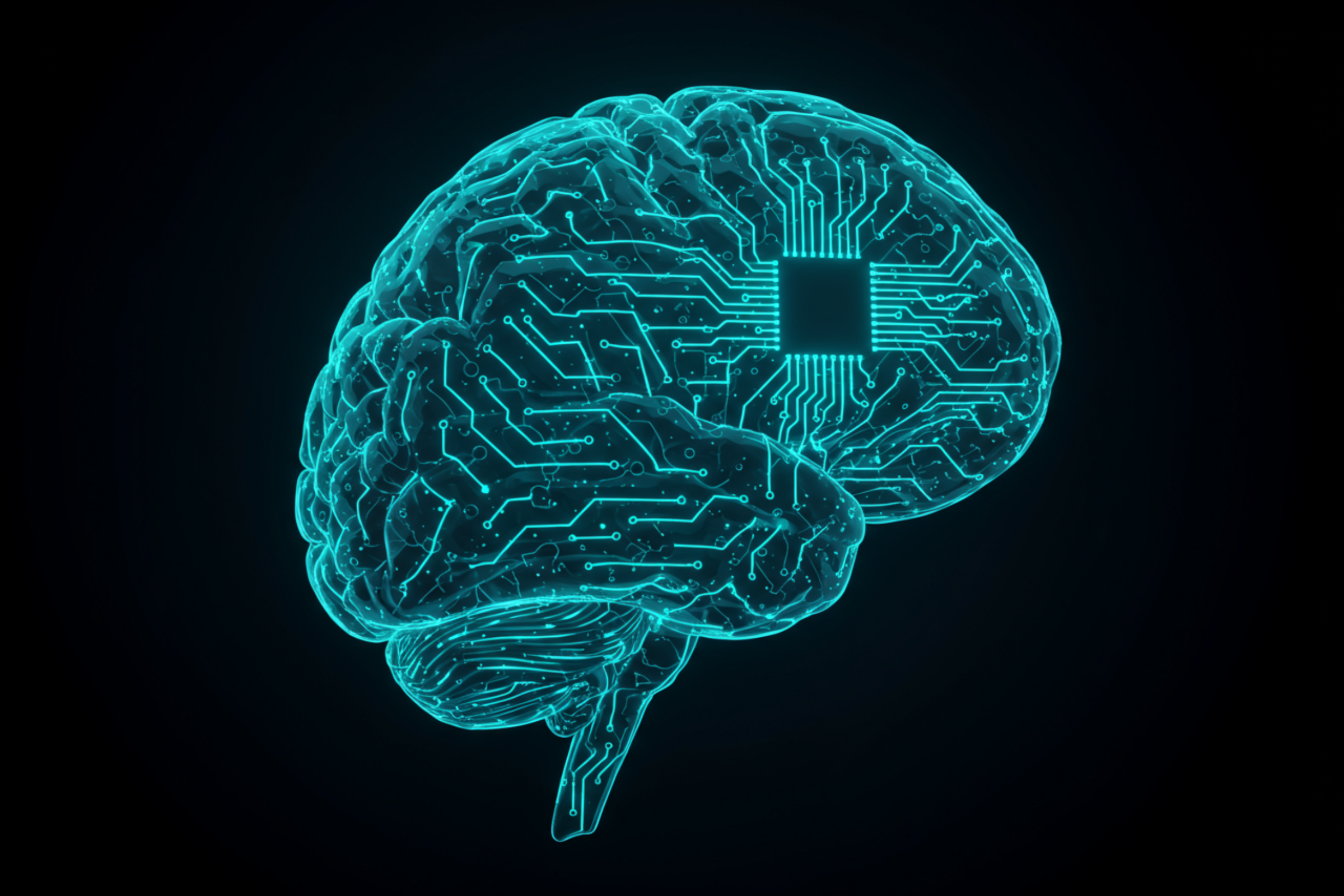
Seamless Renewable Integration: Predictive Analytics Powering Green Solutions
The global push for sustainable energy has made integrating renewables—like solar and wind—into electrical grids a top priority. However, the unpredictable nature of these sources presents unique challenges. AI is stepping in to bridge the gap, using predictive analytics to make renewable integration smoother and more reliable.
By analyzing vast datasets on weather patterns, historical performance, and real-time sensor data, AI can forecast the output of renewable energy sources with impressive accuracy. For instance, machine learning models can predict solar panel generation based on cloud cover, sunlight intensity, and seasonal trends. Similarly, wind energy output can be anticipated by analyzing wind speed forecasts and historical data.
These predictions allow grid operators to better balance the intermittent supply of renewables with the constant demand for electricity. AI optimizes the mix of energy sources— seamlessly transitioning between renewables and traditional generation as needed—to maintain grid stability and prevent outages. This not only ensures a consistent energy supply but also maximizes the use of green power, reducing dependence on fossil fuels and lowering carbon emissions.
Ultimately, AI’s role in integrating renewables is crucial for building resilient, environmentally friendly energy systems that can adapt to the evolving demands of a sustainable future.
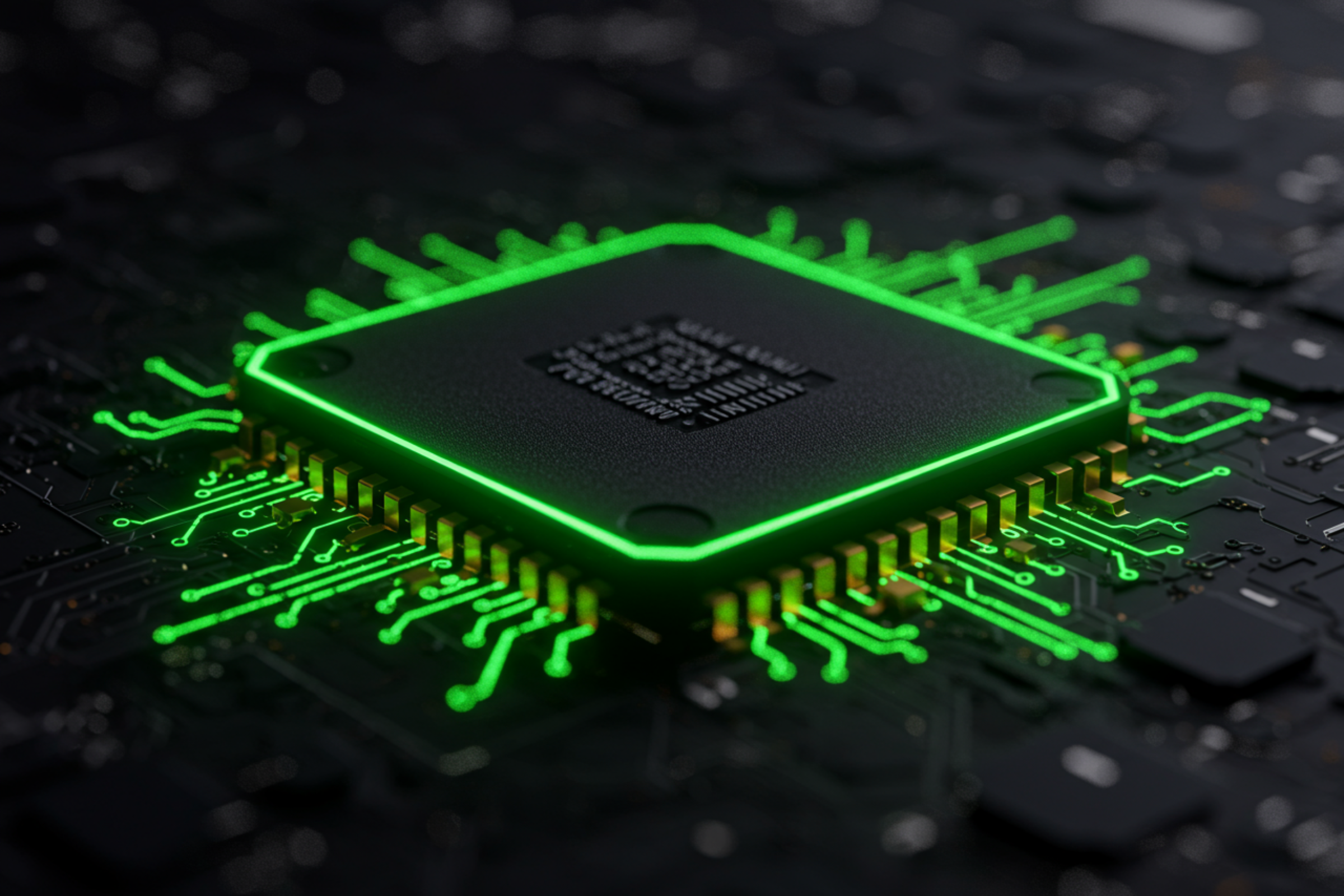
Innovating Electronics: AI-Driven Precision in Manufacturing and Maintenance
Precision and reliability are at the heart of electronics manufacturing, where even minor inefficiencies or defects can have significant repercussions. AI-driven technologies are revolutionizing this landscape by introducing unprecedented levels of accuracy and intelligence to production lines.
Machine vision systems powered by AI can inspect components and assemblies in real time, quickly identifying defects or inconsistencies that might escape human eyes. These systems not only catch quality issues early but also provide actionable insights to correct inefficiencies in the manufacturing process. As a result, manufacturers can reduce material waste, save on costs, and ensure that every product meets stringent performance standards.
Beyond production, AI is transforming equipment maintenance through predictive analytics. Instead of relying on scheduled check-ups or responding to breakdowns as they occur, AI-driven systems continuously monitor the health of machines and devices. By analyzing operational data, these systems can anticipate issues before they lead to failures, allowing for timely maintenance and repairs. This proactive approach minimizes unplanned downtime, extends the operational life of equipment, and optimizes resource use.
In short, AI is enabling a new era of smart manufacturing and maintenance, where precision, efficiency, and reliability are the norm rather than the exception.
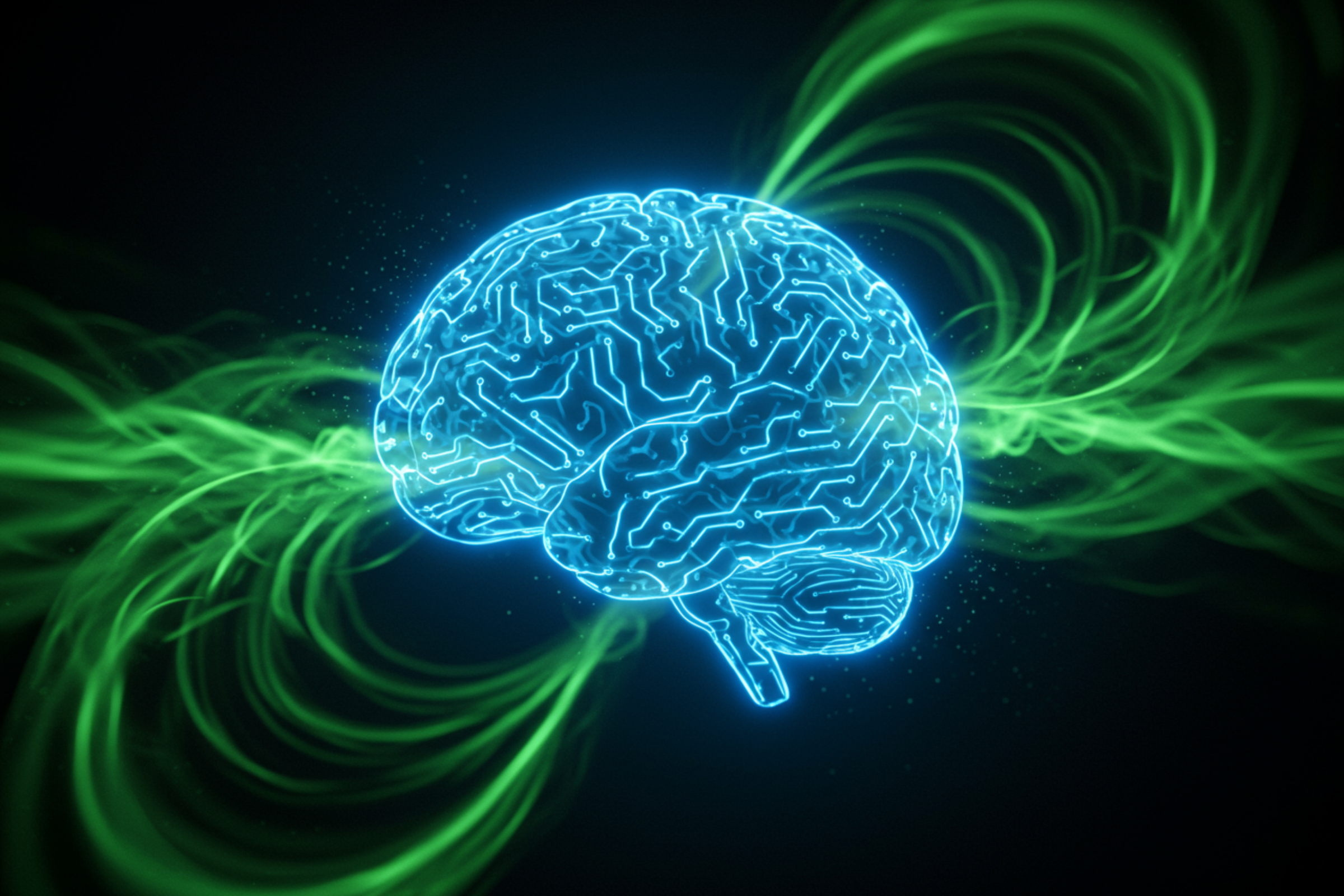
Essential AI Engineering Tools: Enhancing Design and Collaboration Across Projects
The adoption of AI in electrical engineering is not limited to automation or predictive analytics—it also extends to the tools engineers use for design, simulation, and collaboration. Several advanced platforms are now integrating AI to supercharge engineering workflows and facilitate innovation across disciplines.
MATLAB, a staple in the engineering world, has incorporated AI capabilities that enhance numerical computation, modeling, and rapid prototyping. Engineers can now use machine learning algorithms within MATLAB to analyze complex systems, optimize designs, and simulate various scenarios, accelerating the development process.
ANSYS, renowned for its simulation software, leverages AI to improve the fidelity of its virtual tests. AI-driven simulations can predict system behavior under different conditions with greater accuracy, reducing the reliance on costly and time-consuming physical prototypes. This not only shortens development cycles but also enables engineers to explore more design possibilities with confidence.
Valispace, an agile hardware engineering platform, takes collaboration to the next level by using AI-assisted tools for systems and requirements engineering. It facilitates seamless teamwork across different engineering disciplines, ensuring that projects are aligned, efficient, and adaptable to changing requirements.
By embracing these AI-powered tools, electrical engineers can design, test, and deliver innovative solutions more efficiently than ever before—paving the way for smarter, more sustainable technologies that benefit industries and society alike.